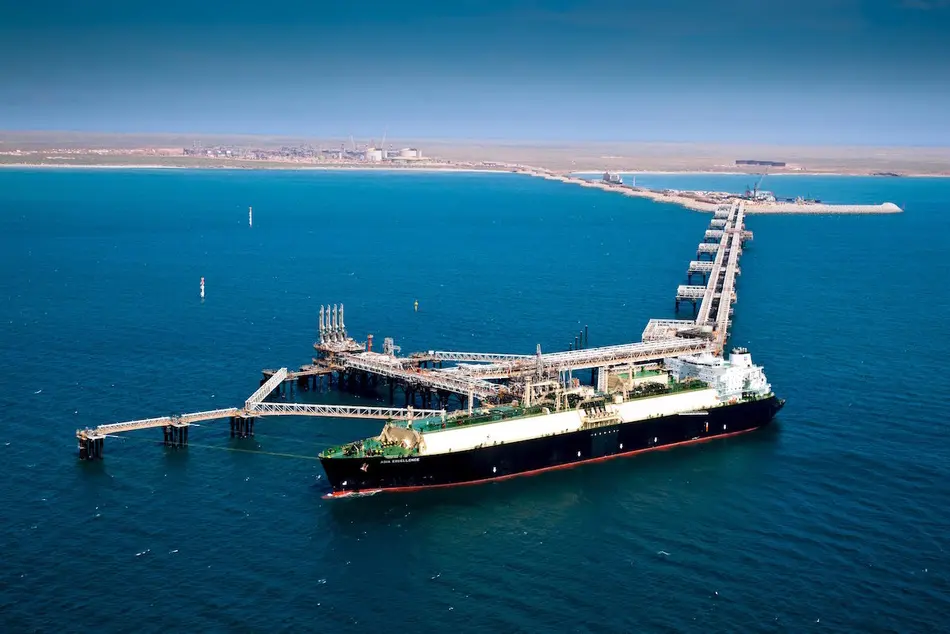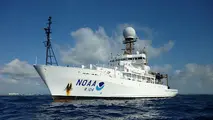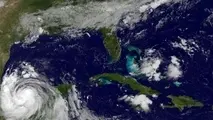US Coastal Communities Fight for Space for Small-scale Fishermen
U.S. coastal waters are a public good increasingly at risk of privatization, threatening local economies that have depended on the sea for generations, fishermen and environmental advocates warned.

U.S. coastal waters are a public good increasingly at risk of privatization, threatening local economies that have depended on the sea for generations, fishermen and environmental advocates warned.
Critics point to efforts to open up waters to industrial-scale fish farms, a federal permit system they say is stacked against small or new operators, and even coastal real estate development squeezing out independent businesses.
"There is another real estate grab, but it's in the ocean," said Jason Jarvis, a commercial fisherman in Rhode Island who has been fishing for three decades and also sits on the board of the North American Marine Alliance (NAMA), a national network that seeks to boost fishing communities.
Such concerns are prompting new efforts to organize at the national level and fuelling fresh legislation as Congress prepares to reauthorize overarching laws on agriculture and fisheries.
But much of the work is local, responding to local challenges.
In Maine, concerns over proliferating fish farms have led 10 communities to seek to curtail such operations.
"Fishermen are losing acres, debris is a problem, there is no local benefit ... and it's hurting our heritage fisheries," said Glenda Beal, chair of the local government body in Beals, Maine.
The small seaside town is heavily dependent on lobster and other marine harvesting, and in July officials unanimously voted to pause permitting for new large-scale fish farms using open-water enclosures often called "net pens".
"This is a gold rush," said Crystal Canney, executive director of Protect Maine's Fishing Heritage Foundation, which has worked on model legislation to help towns push back.
The efforts are prompting inquiries from concerned communities in other coastal states, she said. "The questions are really, do we have any rights?"
'Squeezed out'
Opposition to industrial fish farming follows concerns about changes in federal fishing permitting.
U.S. ocean waters are regulated by state laws up to three miles from shore, and by the federal government up to 200 miles out, the latter managed by regional councils.
In the decades after fish stocks plummeted in the 1980s, some councils started to use a system called "catch share" that cut the number of permits available and capped catches.
"Within the first five years, it had consolidated so just four companies owned 90% of all of the catch," NAMA national program coordinator Brett Tolley said of one region.
"The boats got bigger, the per unit volume got bigger – everything went toward an industrial model, and families got squeezed out," Tolley said.
Tolley, who comes from a fishing family, said his father's $100 permit would now cost $1 million for a new applicant.
The effect on fish stocks is debated, but Tolley and others say it had been devastating for local economies.
"We need to put safeguards in place, to incentivize independent people to be in control of the access and to disincentivize outside investors," he said.
The main federal agency in charge of U.S. fisheries, the National Oceanic and Atmospheric Administration (NOAA), said catch shares had been effective at rebuilding fish stocks and reducing "bycatch" discards, when boats dump unwanted fish back into the sea.
Still, a NOAA Fisheries spokesperson said in an email, "the socioeconomic implications of catch shares management have long been a concern", noting a study was underway on the system's equitability.
The economics of fishing today are extremely difficult, but catch shares are not to blame, said Brad Pettinger, chair of the Pacific Fishery Management Council, one of the regional oversight bodies.
"Early on, there was tremendous ecological benefit," he said. "Across the board, discards dropped by 300%, maybe 400%."
Today, boats in the council's waters are all outfitted with observers or cameras, meaning that "virtually every pound of fish is accounted for ... The program did what is was supposed to do," Pettinger said.
Losing 'working waterfront'
Concerns sparked by the catch share system are now motivating efforts to curtail industrial-scale fish farming.
While several states allow such operations, the practice is not yet legal in federal waters – though a Trump administration executive order in 2020 encouraged federal agencies to promote the industry anyway.
That has raised concerns around ecological and other knock-on effects.
"With aquaculture fish, they're fed tremendous amounts of feed, and their excrement ends up on the sea floor, concentrated and potentially impacting habitat around the net pen sites," said Priscilla Brooks, vice president of ocean conservation with the non-profit Conservation Law Foundation.
"The feed itself relies upon other kinds of fish as an ingredient, raising the question of why we're killing wild-caught species to feed to aquaculture species."
In August, lawmakers proposed barring federal agencies from allowing industrial offshore fish farming without congressional approval, while also boosting local fishing infrastructure.
"In Alaska, every facet of our seafood production industry is suffering," U.S. Representative Mary Peltola of Alaska, a lead sponsor on the bill, said in a statement to the Thomson Reuters Foundation.
"Finfish aquaculture may play a role in providing Americans with healthy protein sources, but we need to do it right," Peltola said.
Backers say aquaculture provides a climate-friendly way to feed a growing global population while safeguarding wild fish stocks.
NOAA Fisheries declined to comment on Peltola's legislation, but a spokesperson noted that the United States imports more than 70% of the seafood it consumes and said: "Marine and finfish aquaculture ... play a key role in NOAA's strategy to promote economic and environmental resilience in coastal communities."
A new grassroots effort now seeks to define what it means to do aquaculture "right" – and to chart a new strategy for how local coastal economies can continue to thrive.
"We're at a precipice right now, and we have two directions to move," said James Mitchell, legislative director for NAMA's Don't Cage Our Oceans project.
The United States is poised to decide between prioritizing small-scale operators and local economies, he said, and extending an industrial agricultural model into the sea.
In May, the group launched a three-year "aquaculture with values" program aimed at bolstering small-scale projects that prioritize the health of local communities and the seas.
That is what Matt Gregg is seeking to do along the New Jersey coast, trying to revitalize an oyster sector that crashed a half-century ago.
Gregg, co-founder of the Barnegat Oyster Collective, is working with other small operators to build a sustainable oystering industry, even as they battle a new foe: coastal gentrification.
"Particularly since COVID and people have moved out of the cities and into more rural areas. We're seeing the 'working waterfront' is being sold and going to the highest bidder," he said.
He and other small operators last year succeeded in getting a new state "right to farm" law that extended to them the same guarantees that farmers receive on land, including shielding them from "nuisance" complaints by nearby homeowners.
"This is really paralleled in all of agriculture, where food production doesn't really get the priority," Gregg said. "Many other coastal states are seeing the disappearance of the working waterfront."



